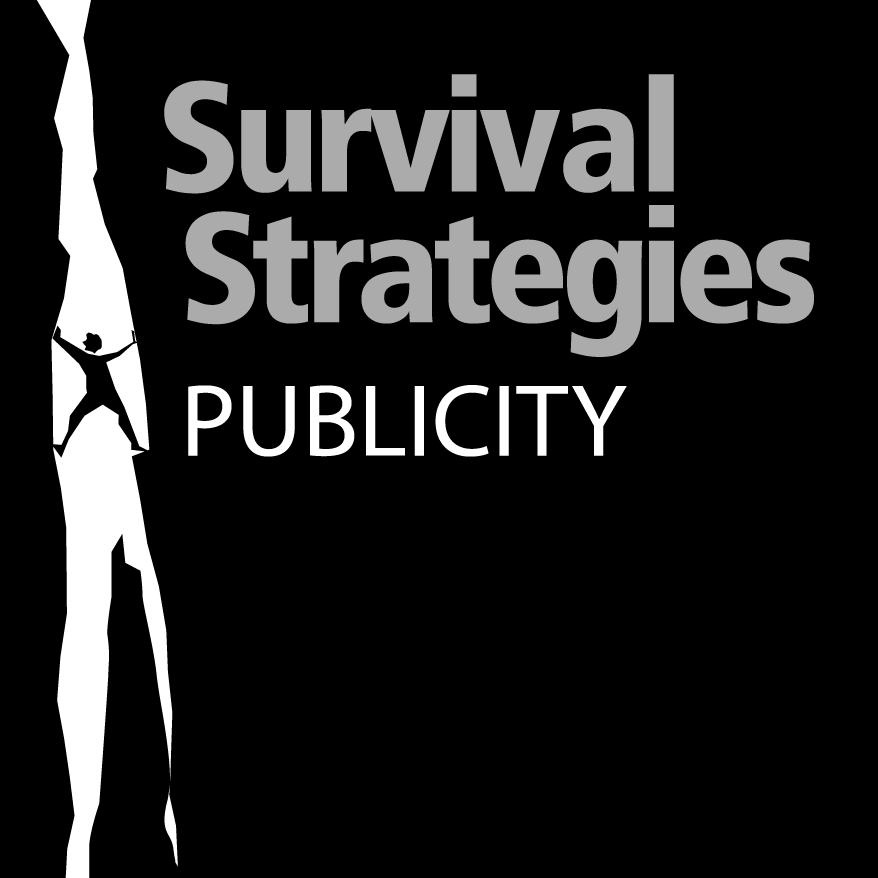Listeners are not always listening. The challenge of publicity is to find a way to “break through” clutter using “just the facts,” establish credibility, and be impersonal with communications directed to groups – not to an individual.
One of the first questions to ask, whether you are a solo practitioner or work for a larger organization, is, who speaks for you? Regardless of the size of the organization, you must establish “one voice” for all who speak for the organization. It’s not an automatic process, either. It must be stated and clearly understood by everyone involved.
For example, watch the news media during the next natural disaster that unfolds. What will be seen is reporting of “facts” as they know them, but then these “facts” change as time rolls on. This happens because the reporting may be based on spokespersons that are not the “spokesperson.” Just think about the reporting done on Osama bin Laden. The facts changed almost daily. Even today, does anyone outside the Seal team that was involved know all of the “facts?”
Hence, if you ARE the spokesperson, you still need to know what to say and how to say it. This is why publicity for your company is so important. You want to be reporting what YOU want to report. Why? Because people are going to hear what they want to hear anyway…not what you want them to hear. Some rules to consider:
Rule #1. The story must be uniform. This takes practice. The best way to practice is to find stories and sources from others that work.
Rule #2. The subject must be one of interest. Not everything is interesting to you. Guess what? Not everything you do is interesting to others. Your subject matter should be shaped to generate interest.
Rule #3. The dissemination of the information should be controlled. Just remember: once the information is released, people will “read into it” and you will not have control of the situation. This is why anticipation to what might be “read into your message” is so important.
What you say is only half the story. How you say is the other half, and the half that creates perceptions. Perceptions are imperfect, and cause a lot of trouble. Therefore, quality communications is the key – clarity, simplicity, logic. Bad writing and clumsy sentence construction promote misunderstanding, and misunderstanding hurts your business.
Ask questions about your communication BEFORE you send it, and then raise objections to your own answers. For example, say you want to announce signing a new lease for your office space. That’s a great story, but a better one would be how you are accomplishing that despite a down economy!
So, the difference between “O’Brian Leases New Office Space” compared to “Demand for O’Brian Design Services Forces Expansion of Space” is a big difference. They say the same thing, but again, the first is pure publicity, and the second one, well, marketing.
Anticipate, react, adapt. That is the lesson of Alexander the Great, and it helps with planning publicity. This is why one of the most effective types
